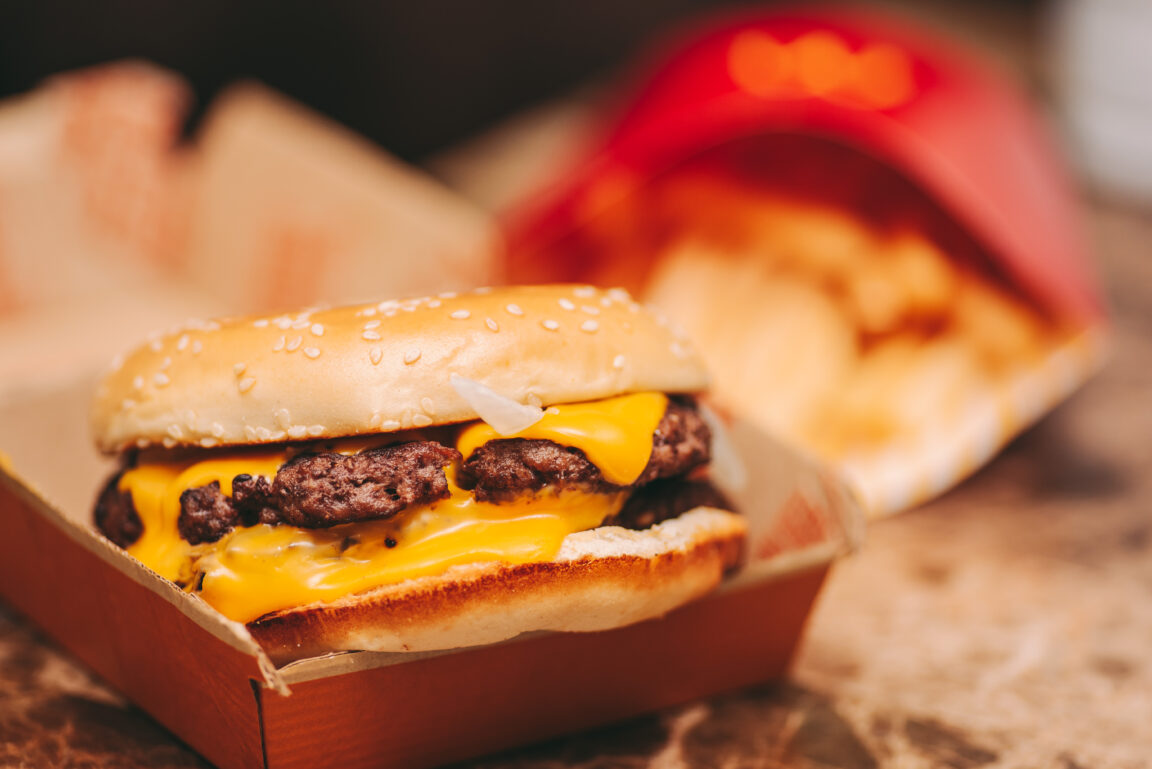If you have been anywhere near TikTok or Instagram over the past year, you have probably seen someone holding McDonald’s infamous purple Grimace Shake. What started as a limited-edition birthday promotion for Grimace, the big purple mascot who has been lurking in McDonald’s marketing since the 1970s, spiralled into one of the strangest viral marketing moments in recent years.
Was this a clever move from McDonald’s marketing team, or did consumers simply take control and run with it? Let’s break it down.
The Good: Free Viral Marketing on a Global Scale
When McDonald’s launched the Grimace Shake to celebrate Grimace’s birthday, they did not need to spend millions on traditional advertising. Instead, TikTok creators did the hard work for them.
The trend started when creators posted videos pretending to collapse, convulse, or mysteriously “die” after drinking the shake. It was not orchestrated by McDonald’s, but once the videos began going viral, the company leaned into the chaos. Sales surged across the United States and Australia, and the Grimace Shake briefly became a pop culture icon.
McDonald’s Australia jumped on the opportunity by posting playful responses on social media and promoting the shake through the MyMacca’s app. This was a reminder of what happens when brands allow audiences to shape the narrative. It resulted in authentic engagement that no advertising budget could have achieved.
The Bad: Not All Publicity Is Good Publicity
Although the trend went global, it was not without controversy. Parents raised concerns about children sharing videos that depicted disturbing scenarios after drinking the shake, which led to some criticism of the overall messaging.
In Australia, food bloggers and reviewers were divided. Some appreciated the nostalgia of bringing back a classic McDonald’s character, while others were unimpressed with the flavour itself. Many described the Grimace Shake as a very sweet blueberry milkshake that did not live up to the hype. On Reddit, Australian users joked about buying the shake only to film a TikTok and throw it away.
For McDonald’s, the campaign highlighted the risks of relying on unpredictable viral trends. While it drove short-term sales, there is little evidence that it translated into long-term brand loyalty.
The Weird: When Consumers Take Over the Story
This is where things became truly fascinating. McDonald’s never intended for the Grimace Shake to be the centre of a horror-comedy TikTok saga, yet that is exactly what unfolded.
The virality had little to do with the product itself and everything to do with the content it inspired. People were not buying the shake because it tasted amazing. They were buying it to make a video. The Grimace Shake became a prop rather than a product.
In Australia, influencers from Sydney to Melbourne recreated the trend, often at busy McDonald’s locations like Bourke Street in Melbourne and Circular Quay in Sydney. Some even staged elaborate mini “horror films” in their cars or kitchens, turning the shake into the star of the show.
This became a case study in how brands can lose control of the message but still win the engagement battle.
Lessons for Marketers
The Grimace Shake phenomenon teaches some important lessons for marketers:
Let audiences lead the narrative: McDonald’s did not force this trend. Users created it.
Be prepared to pivot quickly: McDonald’s Australia embraced the chaos rather than ignoring it.
Recognise the role of the product: Sometimes, your product is not the story. It is the trigger for the story.
In the age of TikTok, consumers hold more influence than ever before. If you are willing to ride the wave, you can turn randomness into reach. But once a trend takes off, the direction it takes is out of your control.
Final Thoughts
The Grimace Shake is one of those rare marketing moments where the audience accidentally did the heavy lifting for the brand. It boosted sales, generated cultural relevance, and provided McDonald’s with a fresh connection to younger consumers. However, it also showed the unpredictable nature of online virality. Once the internet takes over, things can get strange very quickly.
For marketers in Australia and beyond, the Grimace Shake demonstrates that sometimes the most effective campaigns are the ones you never plan.





